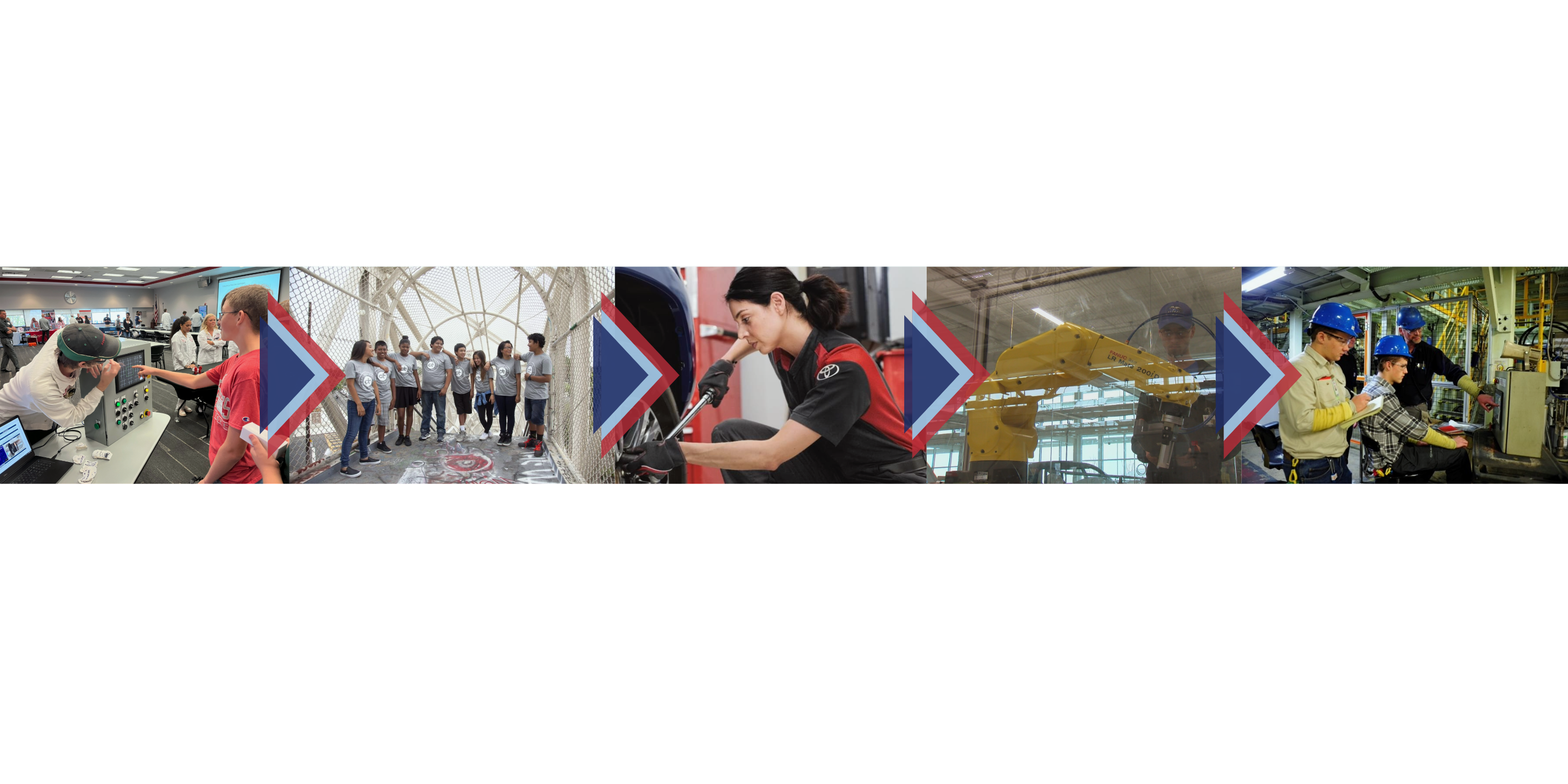The United States and eleven Asia-Pacific countries, including Japan, are negotiating a free trade agreement, the Trans-Pacific Partnership (TPP), that is designed to eliminate trade barriers and create new trade opportunities. This is an issue that is affecting various industries, including the automotive industry. The Japan Automobile Manufacturers Association (JAMA) has prepared the following Q&A regarding TPP and how it affects the Japanese auto industry both in the U.S. and Japan.
1. Why does the Japanese auto industry support the TPP and support Japan being part of the TPP?
The Japanese auto companies are global—they manufacture or sell almost everywhere, including in all the countries negotiating the TPP. So free and open trade is vital to their success. Japan’s participation in TPP has the potential to reduce trade barriers, make cross-border manufacturing more efficient, lower costs, and benefit consumers. For our companies, this kind of trade liberalization is definitely a “win-win.”
2. The Detroit-based auto companies opposed Japan’s participation in the TPP negotiations because they say the Japanese auto market is closed to imports. Is that true?
No. Japan has zero import duties on cars. There are no barriers to the import and sale of foreign-made vehicles in Japan. The Japanese market is highly competitive, but European auto companies that have committed time and resources to selling there have been successful. JAMA has offered on several occasions to be of assistance to the Detroit-based auto companies in connection with difficulties they may have in the Japanese market. So far they have been unresponsive.
3. The Detroit-based companies say that their low market share in Japan proves that the market is closed to imports. Are they wrong?
It is important to understand that about 93% of Japanese passenger car sales are very small cars, with engines under 2000cc (i.e. 2 liters). The Detroit-based companies only offer ten models in this market segment. That is not enough to compete effectively. About 40% of all Japanese sales are “mini-cars,” and the U.S.-based companies don’t build vehicles in this model size. On the other hand, European manufacturers are competing in the small car segment with 105 models, and they have a substantial 20% market share in the narrow but profitable luxury car segment with engines over 3000cc (i.e. 3 liters). In short, U.S. market share in Japan is being determined by the U.S.-based companies themselves, not by Japan. U.S. companies simply haven’t tried to establish a presence in most of the Japanese market—their product mix is focused on “big” cars, and Japanese consumers overwhelmingly want “very small” cars.
4. It’s been reported that the U.S. government has listed “distribution” as an issue that Japan needs to address in parallel bilateral talks to the TPP. What is the dealership situation in Japan?
Japanese auto companies do not and have not influenced dealers as to what makes of cars the dealers sell. The Japanese Fair Trade Law prohibits any such action, and Japanese auto companies have told their dealers that is the law. The fact is that between 1996 and 2013 the number of dealers selling European nameplate cars has gone up by 72% but the number of dealers selling U.S.-made cars has gone down by 74%. Again, the issue here is not trade barriers but the willingness of the U.S.-based auto companies to commit to serving the Japanese market. These numbers show there is no dealership “problem” other than the withdrawal from the market by the U.S.-based companies.
5. That raises another question—a few years ago GM, Ford and Chrysler had significant investments in Japanese auto companies. Now they don’t. What happened?
They withdrew. GM, for example, held 20% ownership in Suzuki and Fuji. GM also held 49% of Isuzu. Ford held 33.4% of Mazda, and DaimlerChrysler held 37% of Mitsubishi. Except for a minor Ford residual ownership in Mazda, all of this equity has been sold. The fact that the Detroit-based auto companies have “disinvested” in Japan is yet another indication that they have little or no interest in selling in the Japanese market.
6. Doesn’t Japan impose stiff regulatory requirements on imported cars that limit imports?
Actually Japan’s certification requirements for emissions and safety are in line with those of many other auto-producing nations. Furthermore, Japan long ago agreed to a “Preferential Handling Procedure” (PHP) for small volume vehicle imports that allows those cars to be imported if they comply with simplified and expedited procedures. In fact, before joining the TPP in 2013 the Japanese Government increased the volume limits for utilizing the PHP from 2,000 vehicles per vehicle type to 5,000 vehicles per vehicle type. There have not been any complaints from U.S. auto companies about problems with the PHP.
7. How important is it that the U.S. 2.5% import tariff on passenger cars and the U.S. 25% import tariff on pickup trucks be phased out?
The TPP is all about trade liberalization and that includes reducing or eliminating tariffs. That having been said, Japanese automakers’ North American plants produce all the pick-up trucks and 71% of the vehicles we sell in the U.S. Of course, vehicles produced in North America are not subject to tariffs. However, the TPP goes far beyond tariffs by addressing non-tariff barriers, harmonization of standards, intellectual property rights, and a wide range of other trade issues. JAMA strongly supports TPP because it will spread trade benefits in the Asia-Pacific region, encourage cross-border investment, and create skilled, well-paid jobs.

